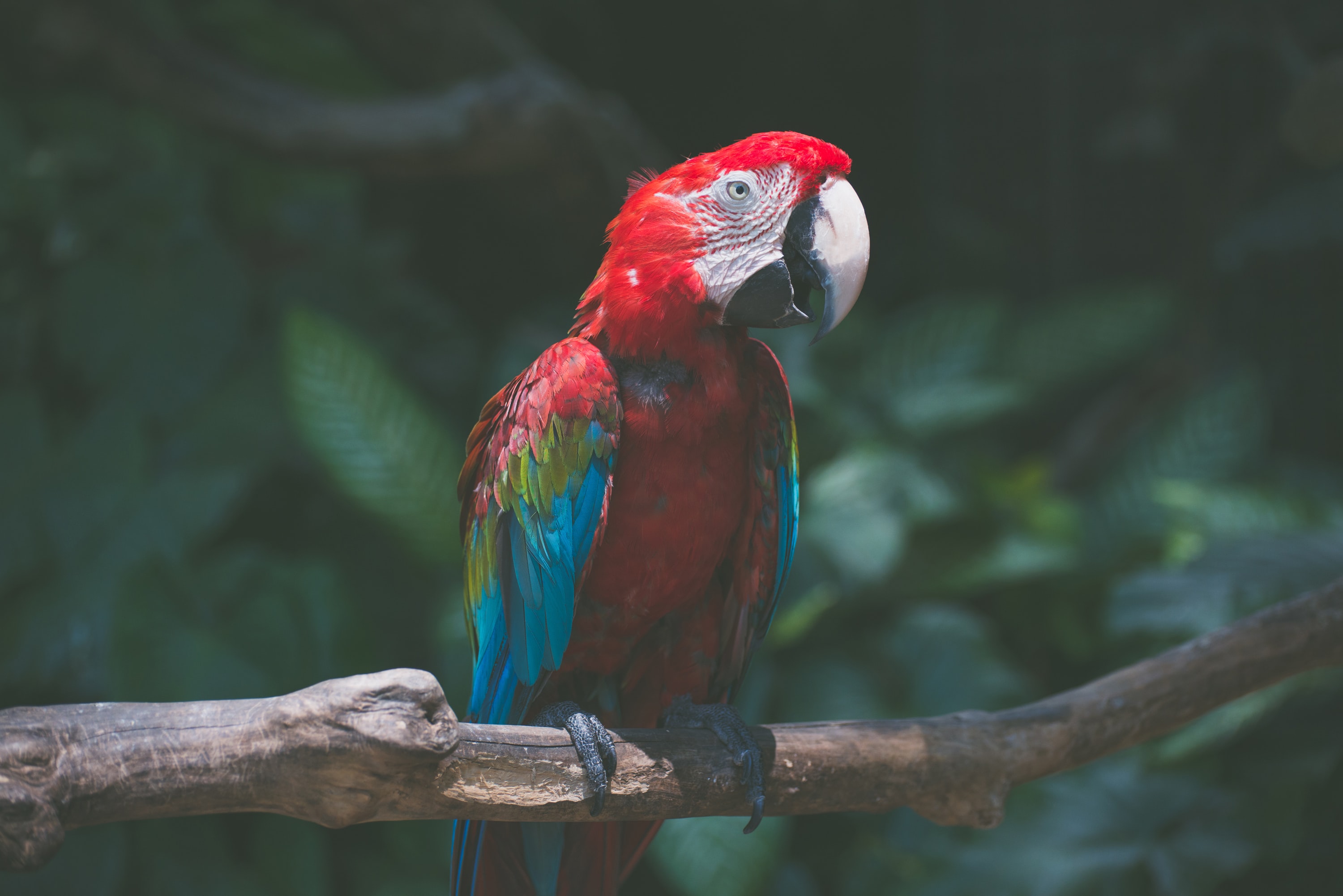It’s a veritable can of worms that should be avoided when enjoying a casual evening out with a bunch of linguists, because the age old “we agree to disagree” is as polite as it will get.
We have those who believe that language is any kind of vocal communication but are not so sure of the rest, others that accept any type of communication as a form of language, others that even lump semiotics into the whole argument, and others who simply choose to restrict language to the human species regardless of form. It doesn’t help that this topic has been hotly debated since at least classical antiquity, most likely far earlier, and we seem no closer to reaching a consensus that makes everybody happy.
But let’s focus on the “languages must be spoken by humans” bit for a moment. The first thing that comes to mind to most people when associating animals and language is a loud parrot on a balcony, cursing like a sailor at every soul who dares to enter his swearing radius. It’s easy to be deceived into believing the animal is actually learning to speak part of a language, but in reality it’s just a form of very impressive mimicry. There is no meaning or intention behind the words of a foul-mouthed parrot. It has no idea what it is saying. Language isn’t happening.

However, we have other candidates that are more fitting. Over decades of research, we have learned that animals such as dolphins are capable of interacting via a highly developed spoken language that resembles human communication. Every sound they emit varies in volume, pitch, and length, indicating the possibility that these could actual words from a dolphin language. It has even been suggested that other dolphins in the vicinity fully listen to the “phrases” being spoken before replying, something that we humans don’t seem to be very good at most of the time.
The whole thing sounds rather promising, but having deep conversations about the meaning of life and the high cost of living in major cities with our maritime counterparts isn’t as simple as it might sound. As much as we would love to start cranking out those Human-Dolphin dictionaries, there is still a long way to go before we manage to unravel the enigma of how their communication works. One of the main roadblocks is that part of the sounds they emit lie outside of the frequencies we humans can hear, which turns the whole thing into a frustrating puzzle with too many missing pieces to make sense of anything.
The good news is that, as in many areas nowadays, artificial intelligence has come to the rescue. Scientists are set on deciphering the language of dolphins in the next five years through the use of technology.
So we might see their dolphiny profiles pop up on Tinder sooner than expected after all.
If everything goes well and the guys and girls in white lab coats manage to crack the code, it will be very interesting to see how we translate their language into something that humans can comprehend. For all we know, these sounds could be far more complex than we ever imagined, conveying tons of information about colors, locations, feelings, dangers, actions, warnings, and plenty of other things in a single pitch modulation.
Another question is why we would translate it. Perhaps the translation industry is in for a good challenge, because as soon as we can finally speak to dolphins, there will be plenty of businesses willing to include them in their marketing strategies from day one. Just think of the potential here. Next thing we know, we might find them sunbathing right next to us on the deck of a Pacific Ocean cruise ship talking (or squeaking) about car payments. Mark our words.





